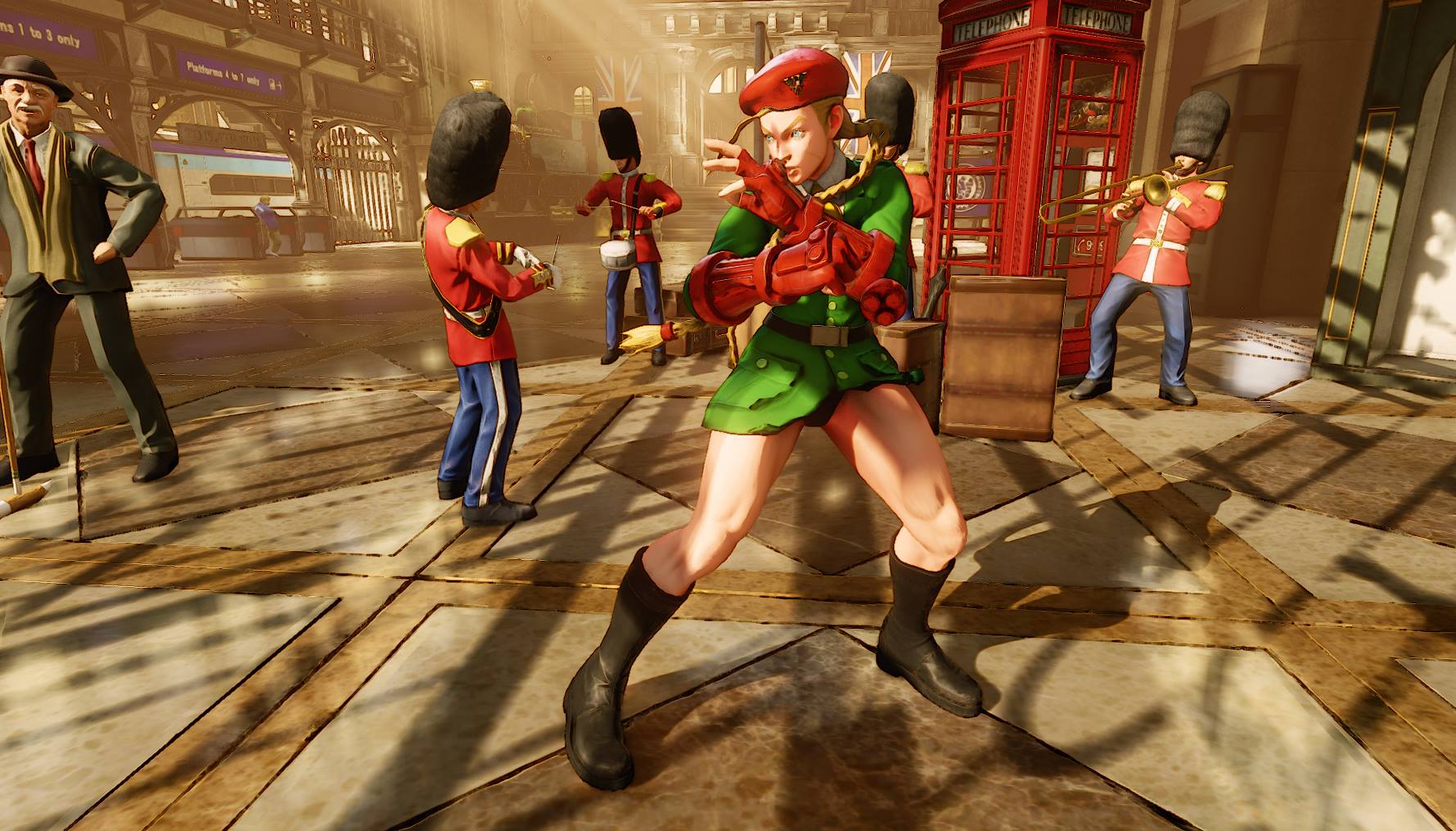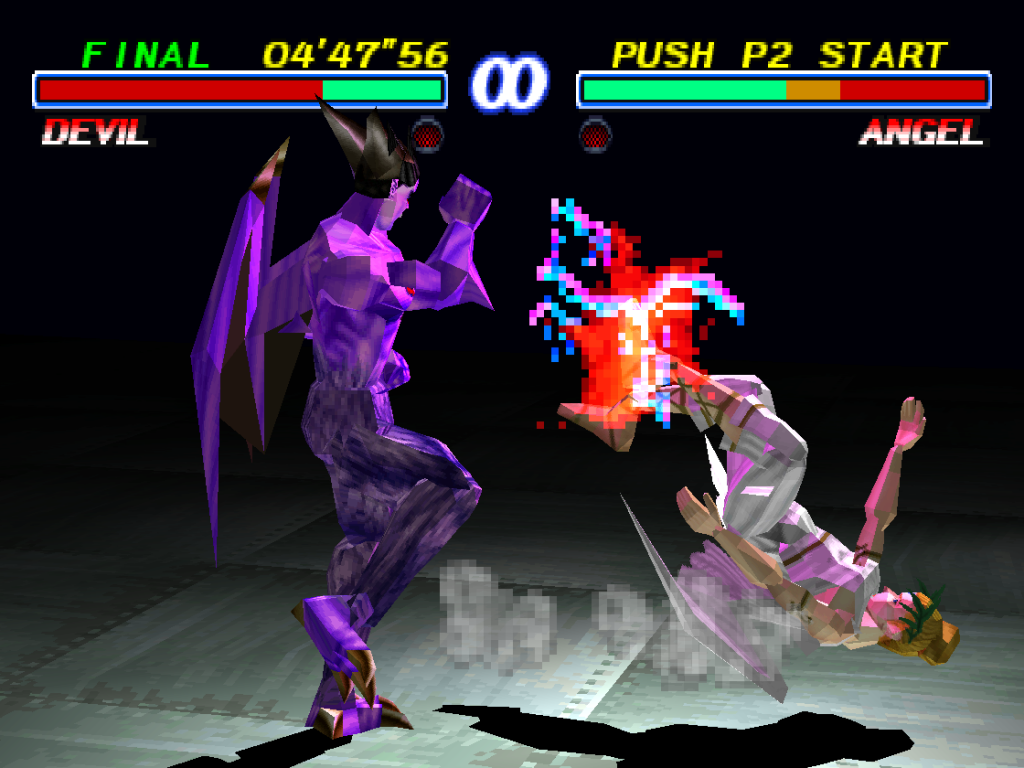
Typically, this meter fills up gradually when you get hit or land a hit, and is spent on using super moves, enhanced special attacks, or other useful mechanics. There's some form of resource meter built into most modern fighting games. We should probably start with these, as they're the heart of most fighting games' systems.

Still, you'll have to go game by game on this one. Fortunately, this is one of the easiest things to figure out if you've got the game in front of you, although you'll still run into an occasional naming convention among different online fans. Individual buttons will differ widely enough between games that we'd be here all day if we tried to discuss them all specifically. If there's nothing at all in front of a button, you can comfortably assume that it means a standing or neutral move. XX - often used to indicate canceling one move into the next Let's just stick to Western notations for now. For example, 1 is down/back, 2 is down, and 3 is down/forward. The numbers correspond to the joystick direction. To translate, look at the number pad on a standard computer keyboard. To make things a bit more confusing, some Japanese players will use numbers here instead, which dates back to old-school BBS days. Naturally, "back" and "forward" are always relative to your character, who will almost always be facing your opponent.Ĭombinations of these notations are used to indicate diagonals, so, for example, d/f is down and towards the opponent. In general, however, each game will have its own style of notation, the most basic of which starts from the joystick: There may be a crossover between franchises from a single publisher, too for example, Street Fighter and DarkStalkers both use the same six-button layout, although their mechanics differ. UMVC3 is just that kind of game.) If you're coming at the game cold, it looks like gibberish.Įvery fighting game typically has its own unique button scheme.

That's an ostensibly beginner-level combo for Spider-Man in Ultimate Marvel vs. Click on a link for a fighting game you're interested in, and here's something that they might list as "basic": Here's where the first problem usually kicks in. Even a relatively simple modern fighting game can be complicated for a newcomer, and that's bad enough without also having to pull out a decoder ring to figure out what your fellow players are saying. This is intended as a guide for beginners as a way to get a handle on some of the common terms used by the fighting game community (FGC). You may have noticed it yourself if you try to read a subreddit or forum thread about a game you're interested in, it can be like fighting-game fans are speaking an entirely different language. There are more people trying to get into fighting games than ever before, but like any genre, fighting games have their own specialized slang.


 0 kommentar(er)
0 kommentar(er)
